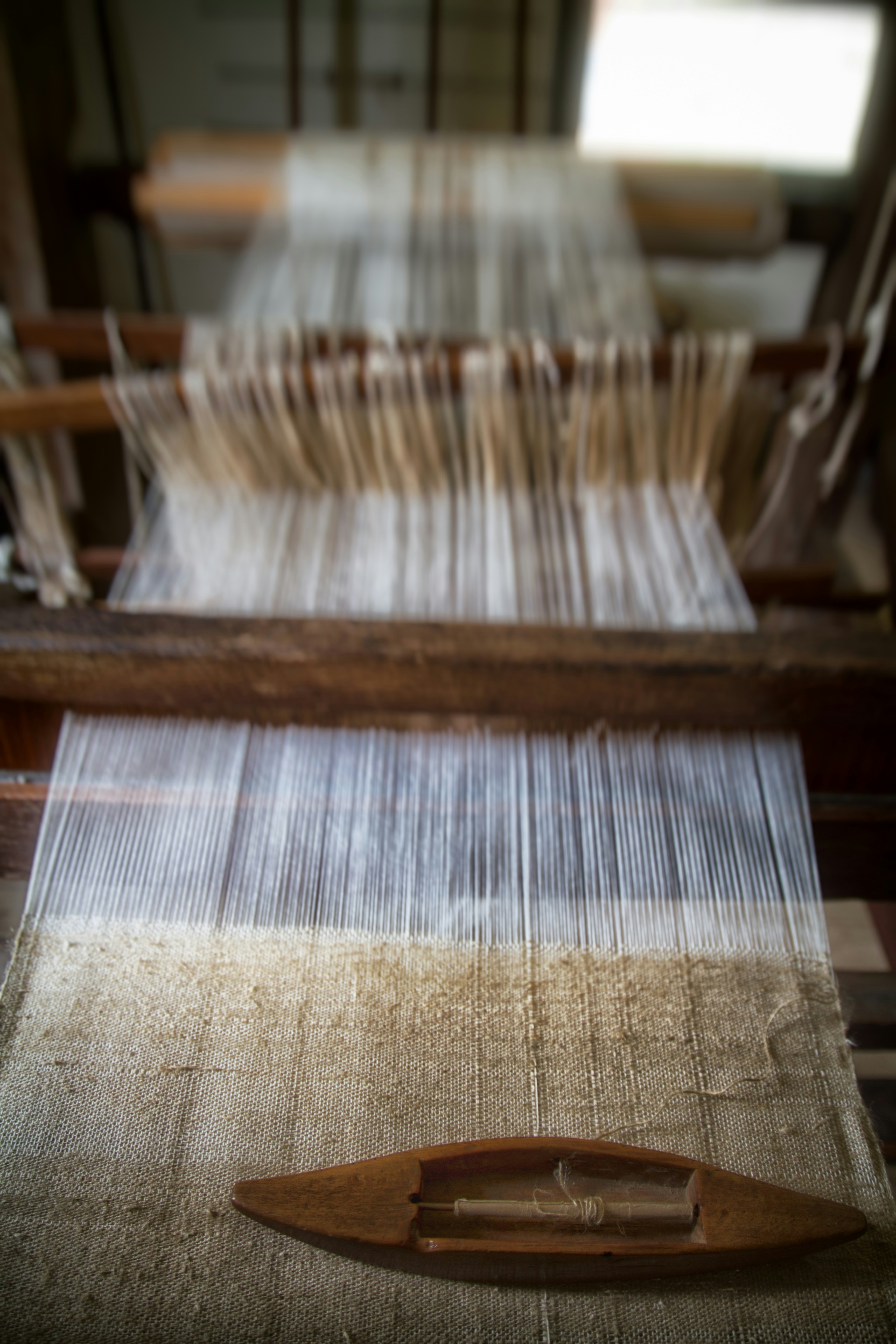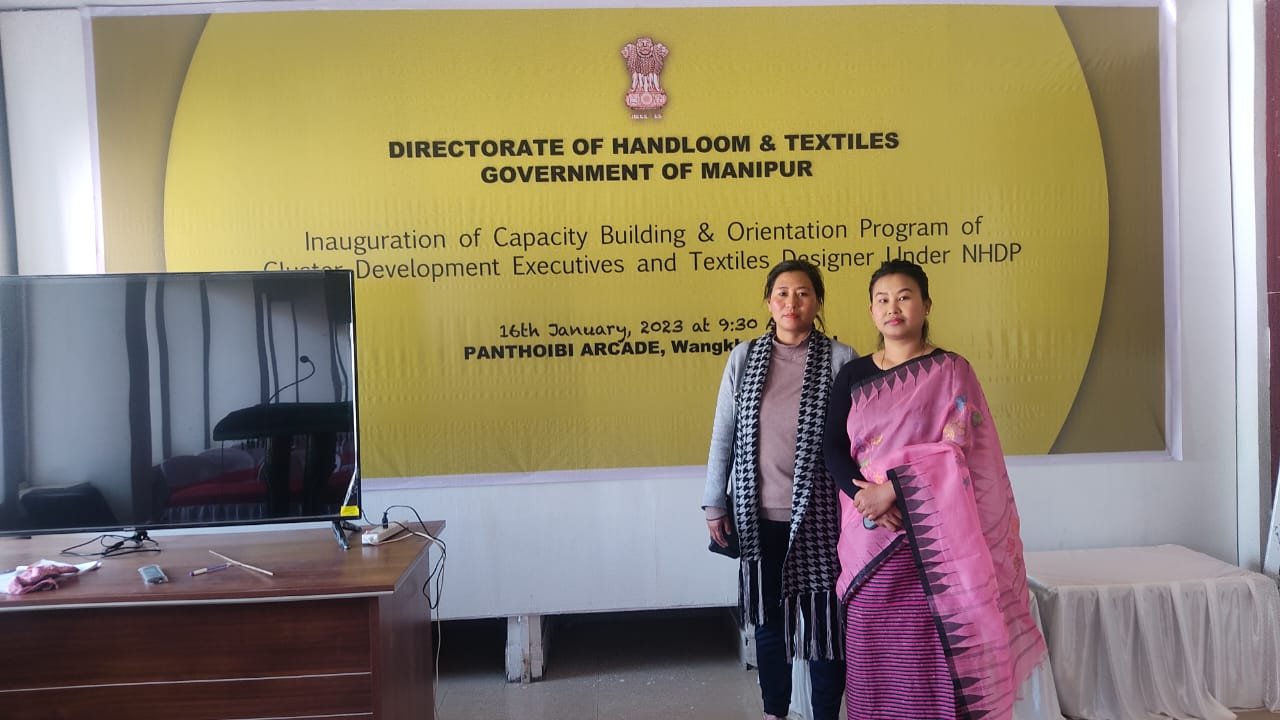Empowering Women Weavers: The Story of Lilong Handloom Cluster
October 27, 2023 | by lilonghandloomcluster.com
 Photo by Nickolas Nikolic on Unsplash
Photo by Nickolas Nikolic on Unsplash Lilong Handloom Cluster is a remarkable community of women weavers who have been preserving and promoting the art of traditional handloom weaving for generations. Situated in the quaint town of Lilong in Manipur, India, this cluster has become a symbol of empowerment and resilience.
For centuries, handloom weaving has been an integral part of the cultural heritage of Manipur. The intricate designs, vibrant colors, and exquisite craftsmanship of these handwoven fabrics are a testament to the skill and creativity of the weavers.
What makes the Lilong Handloom Cluster unique is its focus on empowering women. Traditionally, weaving was a male-dominated profession in Manipur. However, over the years, women have taken the lead and transformed the industry.
The journey of the Lilong Handloom Cluster began with a few women weavers who wanted to create a sustainable livelihood for themselves and their families. They came together, pooled their resources, and established a cooperative society.
Today, this cluster comprises more than 200 women weavers who work tirelessly to produce exquisite handloom clothes. From traditional Manipuri sarees to shawls and stoles, each piece is a work of art.
One of the key objectives of the Lilong Handloom Cluster is to preserve the traditional weaving techniques that have been passed down through generations. The weavers use traditional looms and natural dyes to create authentic handwoven fabrics.
However, they also understand the importance of adapting to changing market trends. They have embraced modern designs and techniques to cater to the evolving tastes of customers. This unique blend of tradition and innovation has helped the Lilong Handloom Cluster gain recognition both nationally and internationally.
But it’s not just about weaving beautiful fabrics. The Lilong Handloom Cluster is committed to empowering women and improving their socio-economic conditions. Through their cooperative society, the weavers have access to financial support, training programs, and marketing opportunities.
These initiatives have not only enhanced the skills and income of the weavers but have also given them a sense of pride and independence. They are no longer dependent on middlemen and can directly sell their products to customers.
The Lilong Handloom Cluster has also been instrumental in preserving the environment. The use of natural dyes and traditional weaving techniques reduces the carbon footprint and promotes sustainable practices.
As we celebrate the remarkable journey of the Lilong Handloom Cluster, it is important to recognize the role of these women weavers in preserving our cultural heritage. Their dedication, creativity, and resilience are an inspiration to all.
RELATED POSTS
View all


